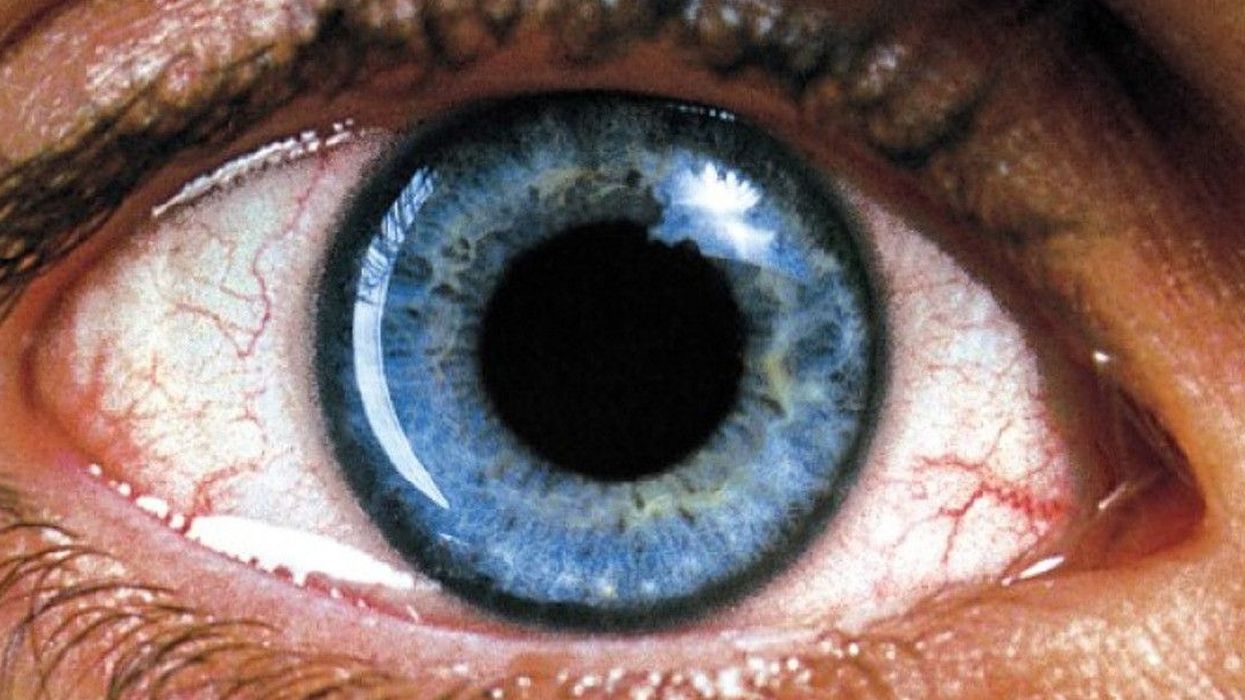This Is What a Shot List for a Darren Aronofsky Film Would Look Like
How do you illustrate the emotional drama that goes on in the human mind? Just as Darren Aronofsky.

As one of the most cerebral filmmakers of our time, Darren Aronofsky explores the deepest and darkest corners of the human experience, from the agony of drug addiction to the terror of mental illness. He has lent his incredible writing abilities to films like Pi, Requiem for a Dream, The Fountain, and Mother! to put these difficult issues center stage, but his ability to masterfully construct controversial narratives isn't the only thing that makes his storytelling so brilliant. In this video essay from StudioBinder, learn how Aronofsky uses abstract visuals to communicate complex ideas and imbue his viewers with, at least a sense of, the intense emotions that they're witnessing on screen.
The video examines several very important cinematic techniques that Aronofsky uses in his work, all of which serve to inform the viewer not only of how the characters on screen are feeling or thinking but also how the viewers themselves should be feeling or thinking. Let's take a look at a couple of them:
God's Eye View
In filmmaking, there is a lot of power inherent in the angle of a camera, and Aronofsky knows it. This is why he captures so many shots from the "God's Eye View," which is a simple overhead shot (extreme high angle) because it strips the power away from the subject and gives it to the viewer. In scenes in which his characters, especially the ones in Requiem for a Dream, are experiencing feelings of powerlessness, hopelessness, or drug-induced euphoria, Aronofsky captures these shots from that iconic extreme high angle to communicate it. This unique perspective and inherent hierarchy in camera angle heighten the viewer's emotional response to what they're witnessing, whether it's a drug addict experiencing a destructively splendorous high or a troubled ballerina taking a dive on the biggest stage of her life.

Tracking Shots
Aronofsky loves to move the camera, which isn't all that remarkable until you look at the ways he does it. Oftentimes when he moves the camera, he keeps it close to his subject in either a mid-shot or close-up, which does two things:
- It creates a lot of kinetic energy, which heightens our emotional and physiological responses to what we're seeing.
- It puts us (often) uncomfortably close to the subject so we experience a forced intimacy and have a desire to pull away even though we can't.
That overstimulation, looking something really close that has a lot of movement, is bound to cause feelings of stress, anxiety, fear, and a host of other negative emotions that the characters up on screen are also feeling. In fact, the Snorricam technique he used frequently in Pi and Requiem for a Dream seemed to almost put us right inside the head of each character who wore the Snorricam rig.

His visual style is something that is definitely worth studying not only for its aesthetic beauty but for its adeptness at communicating specific ideas without words. Aronofsky is able to tell the stories that can't be told with words, the stories of our emotions that are often packed deeply away in the places of our mind we are too afraid to examine willingly.
If you want to learn more about Aronofsky's visual style, head on over to StudioBinder.
Source: StudioBinder

 Richard Gere and Uma Thurman in 'Oh, Canada' via Kino Lorber
Richard Gere and Uma Thurman in 'Oh, Canada' via Kino Lorber  Uma Thurman in 'Oh, Canada'via Kino Lorber
Uma Thurman in 'Oh, Canada'via Kino Lorber 









